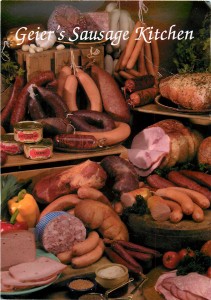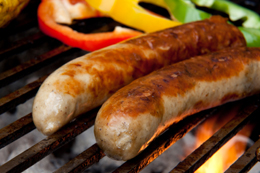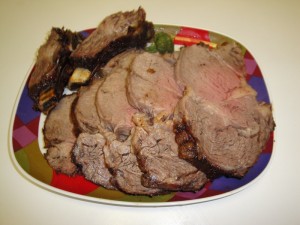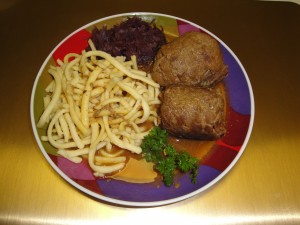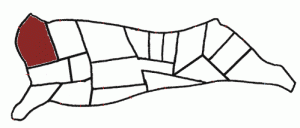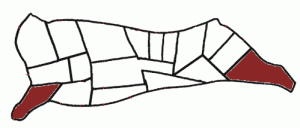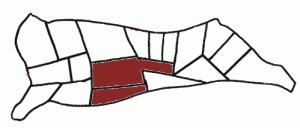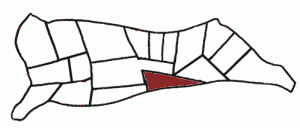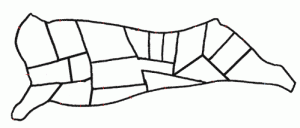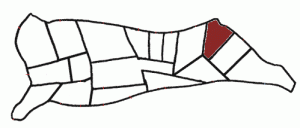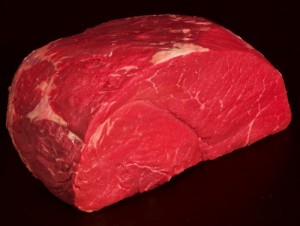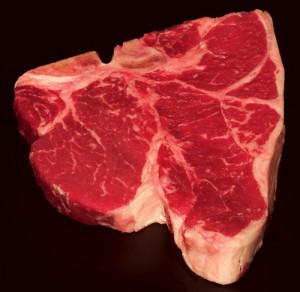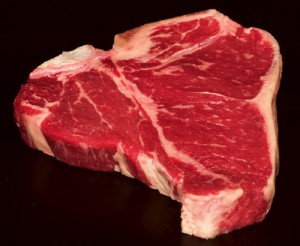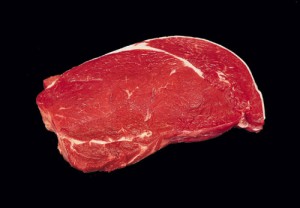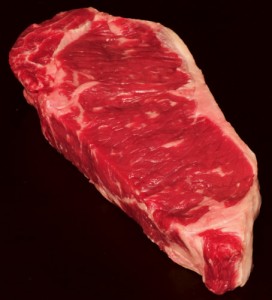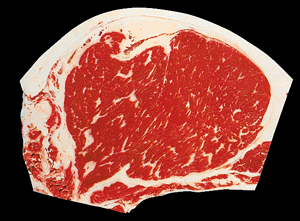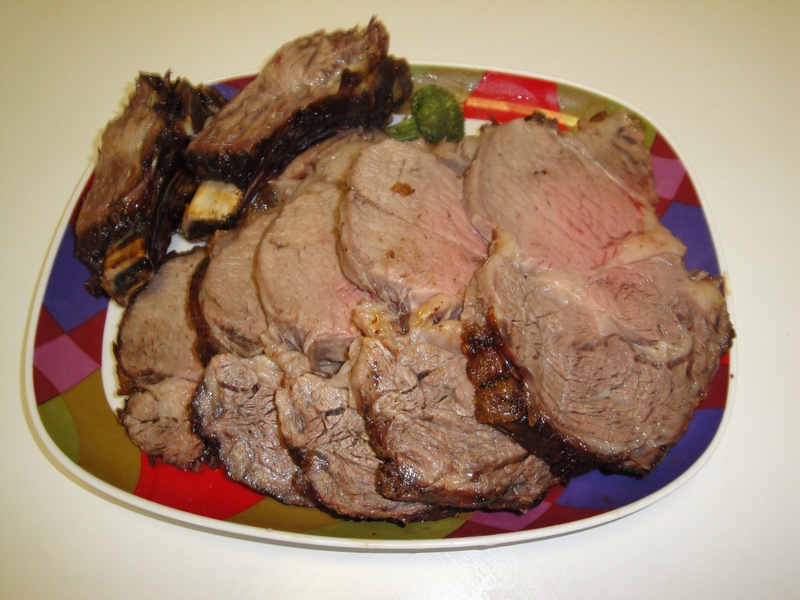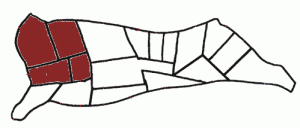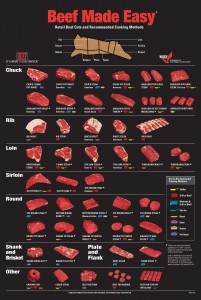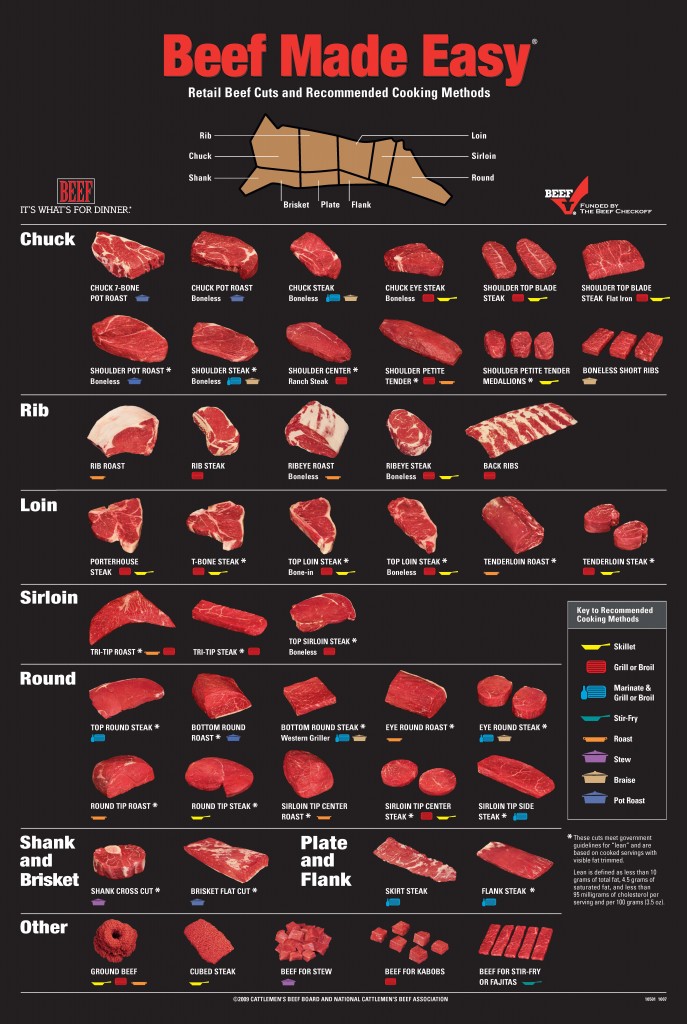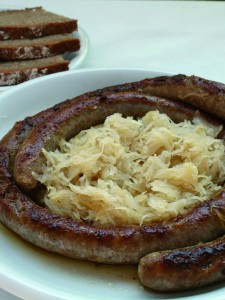 I just finished watching the annoying advertisement which states that in the end sweet is sweet, if you use corn syrup or sugar there is no difference!
I just finished watching the annoying advertisement which states that in the end sweet is sweet, if you use corn syrup or sugar there is no difference!
From what I can see on a wholesale level there seems to be somewhat of a price difference with sugar costing almost twice as much. I will not go into this debate as I am a diabetic and could care less about what is sweeter. What I am concerned about is all the added extra sweetness in places where it does not belong.
As I stated in previous posts, if I want dessert I will eat a pudding, so why do they have to sweeten our lunch meats and sausages and get us to the point that we crave sweets at every turn of our lives.
Granted in some circumstances the use of a sweetener is necessary in the production process and therewith can be excused but otherwise
the reason is bottom line profits!
Take the price of Boston pork butts and figure them boneless at a low $1.35 per pound. Next we look at Dextrose and High Fructose Corn-syrup at a price of under 35 cents per pound. So if we make sausage and replace 2% meat with dextrose and another 2% with high fructose corn syrup we have a net gain of at least $4.00 per hundred pounds or a measly 4 cents per pound. Consider that the big national processors produce millions of pounds per week, these 4 cents add up to real money.
Take only the Hot Dogs we consume within a year.
According to the http://www.hot-dog.org more than 720 million packages of hot dogs were sold at retail stores, this figure does not include the sales at biggest retailer Wal-Mart”, as they do not report their Hot Dog sales, add another 2.7 million pounds of sales at ballparks and you will come up with at least 722.7 million pounds of “Dogs” sold in 2010. These are the “reported” retail sales figures only, it seems like it does not include all those sold at the local Coney Island and other restaurants or also the smaller sausage makers. By the way, the smaller sausage makers might be the ones not using these fillers.
Now let us take the poundage and multiply it by the measly 4 cents.
722,700,000 x $0.04 = $28,908,000.00
in the pockets of the Hot Dog makers, all by adding extra carbohydrates to our diets to really help us loose our battle of the bulge. These figures do not include all the other kinds of Lunch Meats and Sausages sold throughout the year which, if I take a guess, would easily double this figure. So the question remains
Why do we need all that added “Sweetness” in our Wurst?
So for right now I would suggest just start reading the ingredients labels!
The subject of ingredients will be delved into in future posts.

